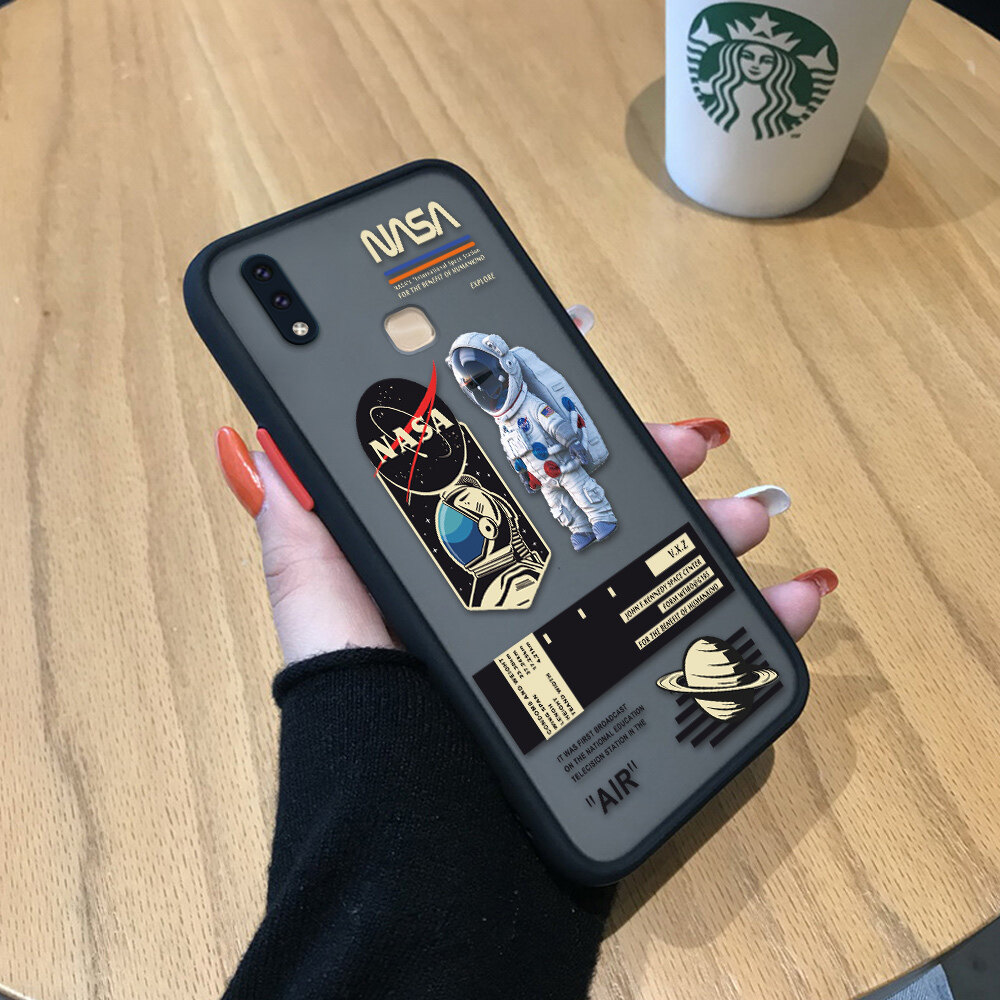

If you have a supported version of CorelDRAW® Graphics Suite installed on your system, the software provides another option for converting graphics to embroidery designs and vice versa. Again, hover the cursor over the design colors to check the assigned threads.Ĭonvert artwork to embroidery with CorelDRAW®

The nearest matching threads are automatically assigned. For expediency, use the Match All command to match threads from the chart to the RGB values. Notice that they are identified only by their RGB values.Ĭhoose a thread chart via the docker. Use the Discard Unused Colors command to collapse the palette to only used colors.

Or let the software automatically match threads to bitmap colors.įirst, note that the bitmap colors have been added to the end of the Design Colors palette and are tagged with blue square. Find and sort specific threads by color code. Select from a wide range of commercial thread charts. If you have chosen to add bitmap colors to the Design Colors palette (the default), the next step is to assign threads from your preferred thread chart to those bitmap colors. The software lets you manage thread colors for each design.
The 'Outlines' option reinforces all color blocks with continuous, branched running stitches. Add a satin border to the entire design. Tick 'Outlines' and select a thread color from the droplist. Add outlines to all detected color blocks. Handle details as a centerline, satin line, or a satin fill. Select stitching options for handling details and outlines: Or, match image colors to the nearest colors in the design palette. See below.Ĭhoose a specific thread chart to match bitmap colors to – click 'Select Thread Charts' button to access thread chart listing. Select a conversion method for color processing:īitmap colors are added to the current palette (the default). Fills should always be stitched first, outlines and details, last. And use the 'Move' buttons to re-sort the color sequence as preferred. Use the droplists to reassign colors as preferred. Similarly, decide where you want them to appear in the stitching sequence. Having located the colors in the design, decide if you want to treat them as fills or details. The software detects and omits the background color by default. Select a color in the list and use the Locate button to preview. Image colors are automatically classified as fills or details, or omitted altogether. If you have not yet processed the image, you will be prompted to do so. Select the image and click Auto-Digitize Embroidery. Size the image in the Context toolbar to approximate dimensions. To use the feature, scan or load an image, and edit and process as necessary. However, it provides more control over conversion settings. This too can recognize shapes in artwork, bitmap or vector, and choose suitable stitch types to use. See also Electronic artwork.įor more control over object conversion, use the Auto-Digitize Embroidery method. In order to make bitmap images more suitable for automatic digitizing, the software also provides image processing capabilities and links to graphics packages. However, any scaling required should be done before importing into the software as the importing operation automatically transforms vector drawings into bitmaps. Generally speaking, vector drawings preserve the picture quality when resized, whereas bitmap images cause problems of pixelation and image degradation when enlarged or scaled down. However, the quality of the resulting designs greatly depends on the type and quality of the original artwork. Only one image can be selected at a time.Īuto-digitizing tools accept artwork in either a raw or processed state. The auto-digitizing tools become available when an image is selected. It can also determine a stitching sequence based on closest join. The software can recognize shapes in artwork – bitmap and vector – and choose suitable stitch types to use. Artwork is ‘batch processed’ to create the many embroidery objects that make up a design. The software can automatically convert artwork to embroidery.







 0 kommentar(er)
0 kommentar(er)
